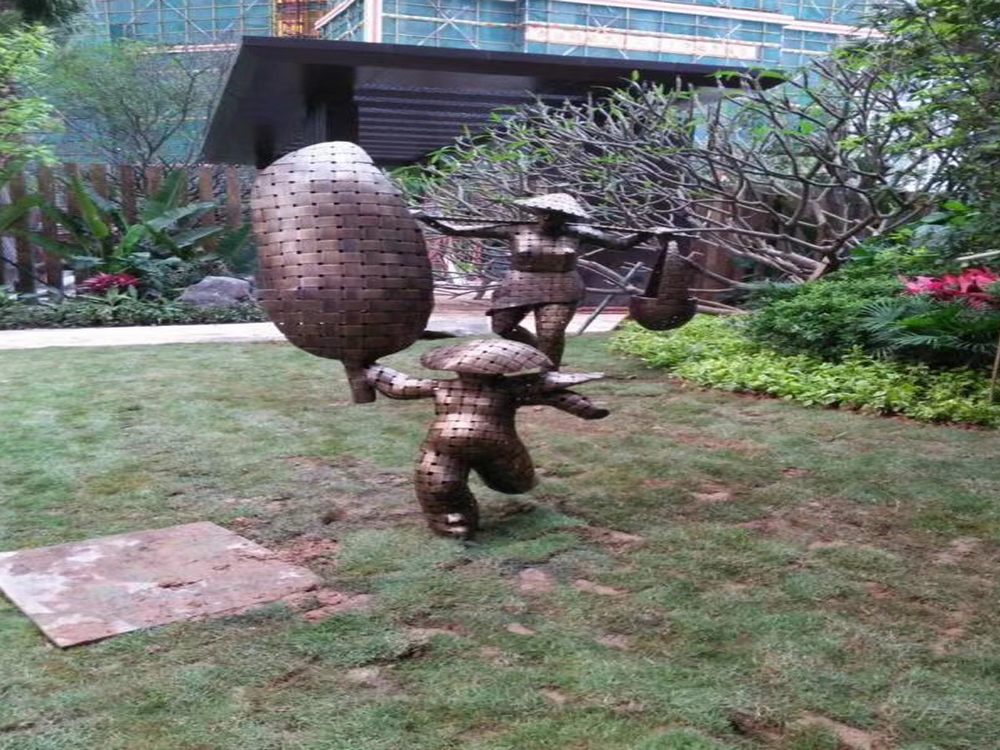
Bronze sculptures from Asia and the West exhibit distinct stylistic differences rooted in cultural, religious, and historical contexts. Asian bronze works, particularly from China, Japan, and India, often emphasize spiritual and symbolic themes, such as Buddhist deities or Taoist immortals, with intricate detailing and flowing lines. These pieces frequently prioritize harmony and balance, reflecting philosophical ideals.
In contrast, Western bronze sculptures, from ancient Greece to Renaissance Europe, tend to focus on realism, human anatomy, and dynamic movement. Greek and Roman bronzes celebrated idealized human forms, while later Western works explored emotional depth and individualism. Techniques also vary: Asian bronzes often use lost-wax casting with elaborate surface patinas, while Western pieces may employ more polished finishes.
The materials and purposes differ too—Asian bronzes were often ritual objects, while Western ones served commemorative or decorative roles. These contrasts highlight how art evolves within cultural frameworks, offering unique aesthetic experiences.

